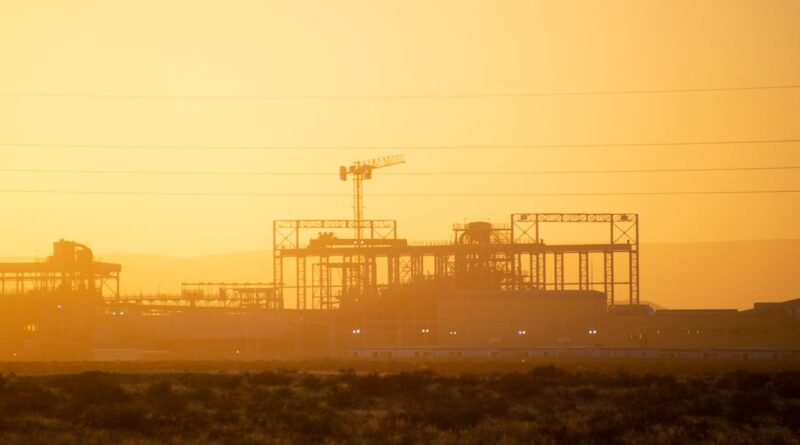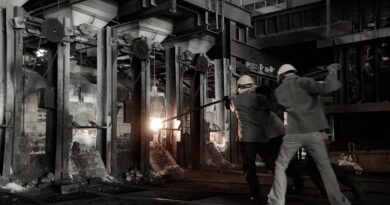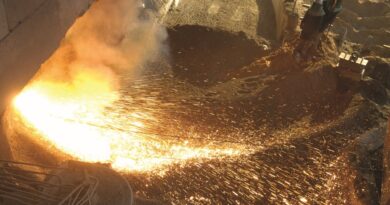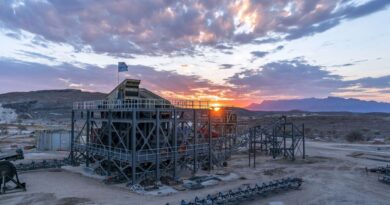Namibia rare earth project reports over 650% increase in mineral resources
Halifax, Nova Scotia – Namibia Critical Metals Inc. (NMI) has pleased to announced an updated of its mineral resource estimate for the Lofdal Heavy Rare Earths in northwestern Namibia. Highlights of the mineral resource update include:
- 1454% increase in total Measured and Indicated Mineral Resource tonnage from 2.88 Mt at 0.32% TREO to 44.76million tonnes at 0.17% TREO for combined Area 4 (including the first Measured Resource for Lofdal) and Area 2B based on the same cut-off of 0.1 % TREO as in the previous PEA filed on October 1,2014;
- Term 1 objectives with JV partner JOGMEC of doubling the mineral resource far exceeded;
- 164%increase in total Inferred Mineral Resource tonnage to 8.67million tonnes at a grade of 0.17%TREOfor combined Area 4 and Area 2Bbased on 0.1 % TREO cut-off;
- 6times increase in contained TREO in Measured & Indicated categories to 76,950 tonnes;
- Compared to previous mineral resource estimate, contained dysprosium oxide (4,060 tonnes) and terbium oxide (620 tonnes) in the Measured and Indicated categories increased 6.1 times and 6.7 times, respectively;
- Dysprosium oxide price in the “moderate down case scenario” for 2021 at 420USD per kilogram and terbium oxide price at1,125USD per kilogram(Adamas Intelligence, 2021).
Darrin Campbell, President of NMI stated “We are extremely pleased to see this significant increase to the size and potential of our Lofdal Project. Our first year in partnership with JOGMEC has been a great success in advancing Lofdal forward to being one of the premier heavy rare earth projects in the world.
“It is a great pleasure to see that our geological team has cracked the code of the deposit to establish a first significant mineral resource outside Area 4 at Area2Bwith several tens of kilometers of additional strike length of potentially mineralised structural zones to be drilled in Area 2 and Area 5 that could result in additional mineral resources.
“The main value drivers of the Lofdal deposit are dysprosium and terbium which are critical components to produce high-strength permanent magnets used in electric vehicle motors and wind turbines. The permanent magnet sector is expected to be the fastest-growing end-use category of rare earths for the next decade.”
The Lofdal deposit is being developed by a joint venture of Namibia Critical Metals and the Japanese Oil, Gas and Metals Corporation (JOGMEC). The joint venture aimed at doubling the Mineral Resource of 2.88 Mtat a grade of 0.32% TREO in the indicated category and 3.28 Mt at a grade of 0.27% TREO in the inferred category with its 9 months drilling campaign in 2020.
Namibia Critical Metals Inc. holds a diversified portfolio of exploration and advanced stage projects in the country of Namibia focused on the development of sustainable and ethical sources of metals for the battery, electric vehicle and associated industries. The two advanced stage projects in the portfolio are Lofdal and Epembe. The Company also holds significant land positions in areas favourable for gold mineralization.
HEAVY RARE EARTHS:
The Lofdal Projectis the Company’s most advanced project having completed a Preliminary Economic Assessment in 2014 and full Environmental Clearance for a first mining area in 2016. The Company has received Notice of Preparedness to Grant the Mining Licence for Lofdal from the Ministry of Mines and Energy.
The Company has lodged its acceptance of the mining licence and awaits finalization of the process from the Ministry. The project is developed in joint venture with Japan Oil, Gas and Metals National Corporation who are funding the current CD$10,000,000 drilling and metallurgical program with the objective of doubling the resource size and optimization of the process flow sheet.
GOLD:
The Company’s Exclusive Prospecting Licenses (EPLs) prospective for gold are located in the Central Namibian Gold Belt which hosts a number of significant orogenic gold deposits including the Navachab Gold Mine, the Otjikoto Gold Mine and more recently the discovery of the Twin Hills deposit.
At the Erongo Gold Project, stratigraphic equivalents to the meta-sediments hosting the Osino’s gold discovery at Twin Hills have been identified and soil surveys are progressing over this highly prospective area.
The Grootfontein Base Metal and Gold Project has potential for magmatic copper-nickel mineralization, Mississippi Valley-type zinc-lead-vanadium mineralization and orogenic gold mineralization. Detailed interpretation of geophysical data and regional geochemical soil sampling have identified first gold targets.
TANTALUM-NIOBIUM:
The Epembe Tantalum-Niobium-Uranium Project is at an advanced stage with a well-defined, 10 km long carbonatite dyke that has been delineated by detailed mapping and radiometric surveys with over 11,000 meters of drilling.
Preliminary mineralogical and metallurgical studies including sorting tests (XRT), indicate the potential for significant physical upgrading. Further work will be undertaken to advance the project to a preliminary economic assessment stage.
COPPER-COBALT:
The Kunene Copper-CobaltProject comprises a very large area of favourable stratigraphy along strike of the Opuwo cobalt-copper-zinc deposit. Secondary copper mineralization over a wide area points to preliminary evidence of a regional-scale hydrothermal system.
Exploration targets on EPLs held in the Kunene project comprise direct extensions of the cobalt-copper mineralization to the west, sediment-hosted copper, orogenic copper, and strata bound manganese and zinc-lead mineralization.




